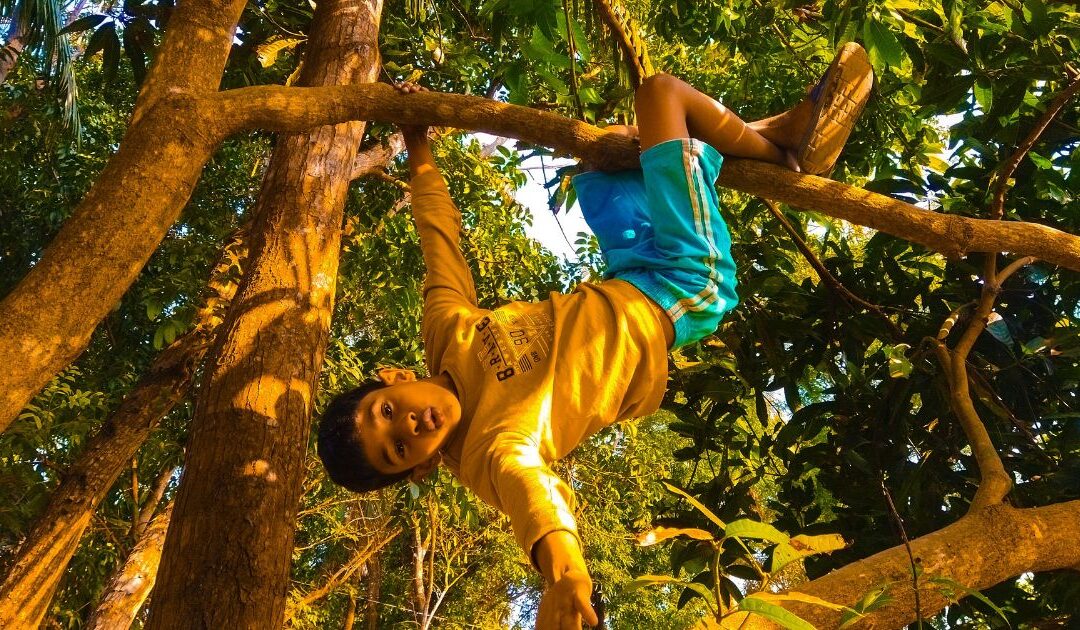Playtime is crucial for early childhood learning and development, something that stimulates the right muscles and energy centers in the brain while getting children better accustomed to the world around them.
There was a time when crayons and a piece of paper were the only outlets for a child’s energy, curiosity, and creativity, but things are a lot different now. With an endless supply of apps and tech-enabled toys, children’s playtime has seen monumental changes.
So, what exactly do these changes mean for childhood and learning? And how exactly does technology integrate into today’s creative play? Keep reading to find out.
The Digital Canvas
A key skill in early development is children’s ability to express themselves freely and effectively. This often took the form of drawing, playing musical instruments, and storytelling as a way to help them find better outlets for their feelings and emotions.
Today, however, apps such as Procreate have replaced paint brushes and crayons, while Garageband has taken on the role of musical instruments. Games like Minecraft and Roblox, with their open-world environments and block-based building, let kids explore the depths of their own imagination.
It’s hard to say whether this shift is good or bad because no matter how much we decide to stick with tradition, at the end of the day, this is the world that children in the future will have to grow into. An increasingly digital, tech-infused, and isolated world.
Augmented and Virtual Reality: Expanding Horizons
Augmented Reality (AR) and Virtual Reality (VR) technologies are revolutionizing play by blending the physical and digital worlds.
Apps like Pokémon GO bring fantastical elements into real-world settings, encouraging outdoor exploration and social interaction. Educational AR apps overlay informational graphics onto physical objects, turning a simple walk in the park into a learning adventure.

VR takes immersion to the next level, allowing children to step into entirely new environments. Whether exploring the depths of the ocean or the expanses of space, VR experiences can ignite curiosity and inspire creative thinking.
These technologies also have the potential to foster empathy by placing users in others’ shoes and offering perspectives that were previously unattainable.
The Maker Movement
The rise of the maker movement has seen technology become a cornerstone of hands-on creative play. Tools like 3D printers and laser engravers are becoming more accessible, enabling kids to design and fabricate tangible objects from their imaginations.
Platforms like Arduino and Raspberry Pi introduce programming and electronics in a playful context, allowing children to build robots, smart devices, and more.
Minecraft, of course, takes this to a whole other level and essentially forces kids to explore technicalities, with plenty of guides dealing with topics such as Minecraft modding tutorials, survival house tutorials, and more.
Coding, once perceived as a complex and inaccessible skill, is now being taught through gamified platforms like Scratch and Tynker.
These tools use visual programming languages to make coding intuitive and fun, helping kids develop logical thinking and problem-solving skills while creating their own games and animations.
Collaboration & Community Building
Technology has also transformed creative play into a collaborative endeavor. Online platforms allow young creators to share their work, receive feedback, and collaborate on projects regardless of geographical boundaries.
Communities centered around shared interests provide a sense of belonging and encourage peer-to-peer learning.
For instance, platforms like YouTube Kids enable children to showcase their talents, from storytelling to crafting, fostering confidence and communication skills. Online forums and multiplayer games teach teamwork and cooperation as children work together to achieve common goals.
Balancing Act: Navigating the Challenges
While the integration of technology into play offers immense benefits, it’s essential to navigate the potential pitfalls carefully.

Excessive screen time can impact physical health and social development. Parents and educators must strive to balance digital play with physical activities, ensuring that children reap the benefits of technology without becoming overly reliant on it.
Content moderation is another critical consideration. Not all digital platforms are appropriate for all ages, and guiding children toward safe, educational, and age-appropriate content is paramount. Parental controls and open dialogues about online safety can help mitigate risks.
Conclusion
Technology is a great enabler when it comes to creative play and learning in kids. Of course, it has its share of drawbacks, but by maintaining the right balance and putting healthy limits on screen time, you can ensure that your kids only get the best of what it has to offer.
So far, tech has yet to fully transform toys and playtime, with most big tech giants not having focused enough on this segment. What we’ve seen all these years could very well be just a trailer for what is to come.
Right now, we can only envy the children of the future, who get to train their minds and cognitive skills on the very best of what science and technology have to offer. We can, of course, strive hard to provide the same for our kids.
Jessica has a flair for writing engaging blogs and articles. She enjoys reading and learning new things which enables her to write different topics and fields with ease. She also strives to break down complex concepts and make them easy for anybody to comprehend.





